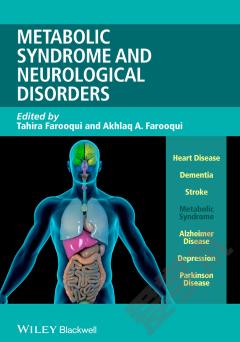Metabolic syndrome and Psoriasis —— MetS and Psoriasis
----- 代谢综合征与银屑病
Metabolic syndrome is a clustering of at least three of the five following medical conditions: abdominal obesity, high blood pressure, high blood sugar, high serum triglycerides, and low serum high-density lipoprotein (HDL). Metabolic syndrome is associated with the risk of developing cardiovascular disease and type II diabetes. The key sign of metabolic syndrome is central obesity, also known as visceral, male-pattern or apple-shaped adiposity. It is characterized by adipose tissue accumulation predominantly around the waist and trunk. Other signs of metabolic syndrome include high blood pressure, decreased fasting serum HDL cholesterol, elevated fasting serum triglyceride level, impaired fasting glucose, insulin resistance, or prediabetes. Associated conditions include hyperuricemia; fatty liver (especially in concurrent obesity) progressing to nonalcoholic fatty liver disease; polycystic ovarian syndrome in women and erectile dysfunction in men; and acanthosis nigricans. It was demonstrated that psoriasis patients have an increased risk for MetS.
{{comment.content}}








 京公网安备 11010802027623号
京公网安备 11010802027623号